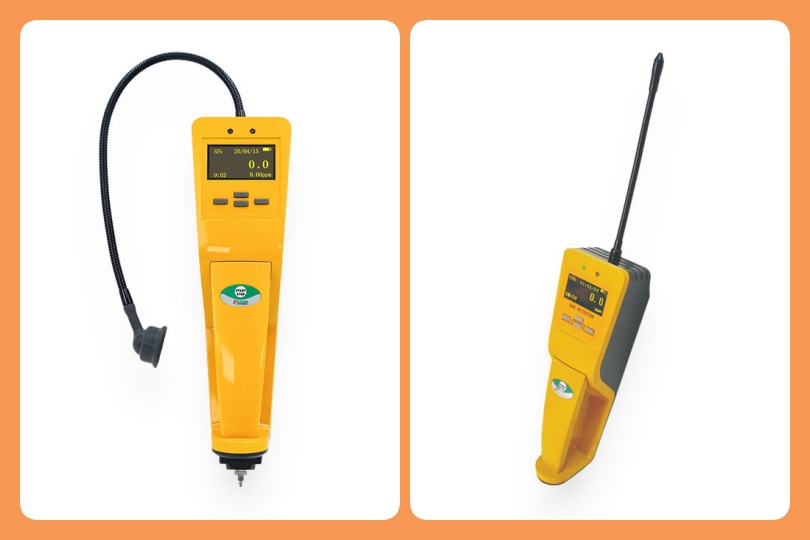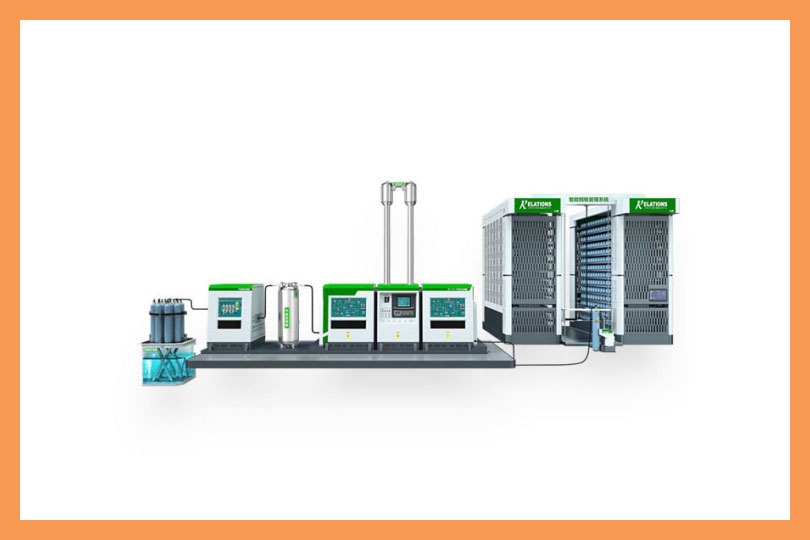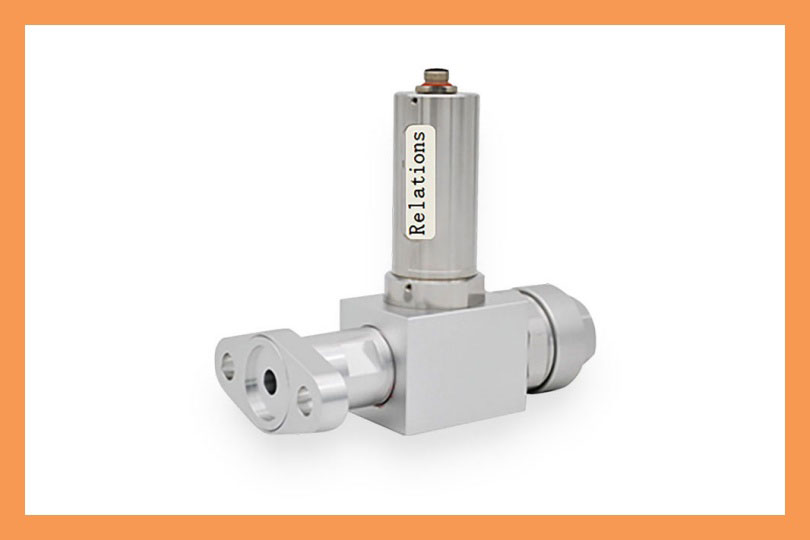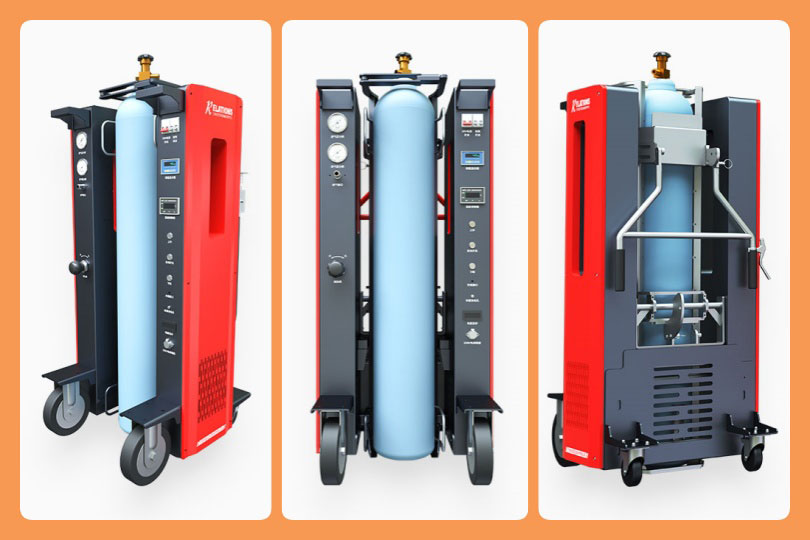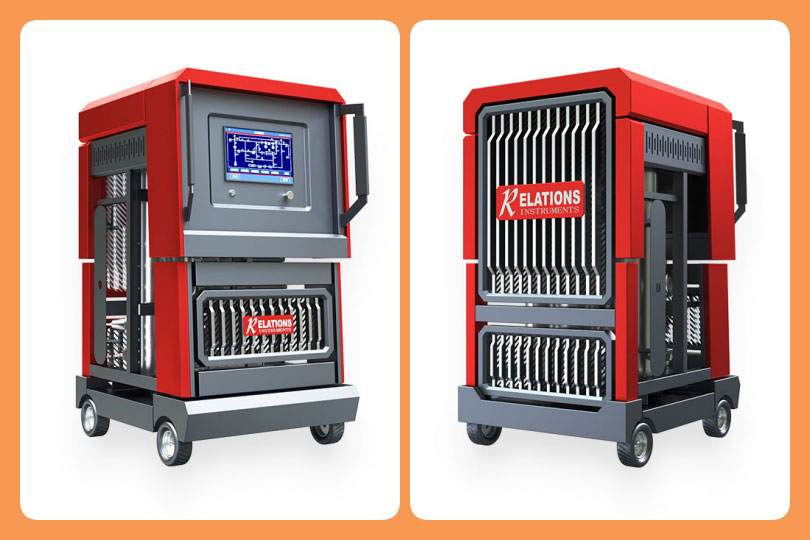Need Help: Providing Innovative and Sustainable Solutions.
Office Hours: 08:30am-6:00pm
Best SF6 Gas Monitoring System for Industrial Use: Ensuring Safety, Compliance, and Sustainability
Date
2025-10-21
[email protected]
Website
www.sf6gasdetector.com
Get Solutions And Quotes
Best SF6 Gas Monitoring System for Industrial Use: Ensuring Safety, Compliance, and Sustainability
SF6 (sulfur hexafluoride) is a critical insulator in high-voltage equipment across industries like power transmission, electronics manufacturing, and aerospace—but it’s also one of the most potent greenhouse gases, with a global warming potential (GWP) 23,500 times that of CO₂. For industrial operations, choosing the best SF6 gas monitoring system isn’t just a matter of safety—it’s a requirement for regulatory compliance, cost control, and environmental responsibility. The right system detects leaks early, minimizes waste, and protects workers from toxic exposure, making it a non-negotiable investment for modern facilities.
Why Industrial Operations Can’t Compromise on SF6 Monitoring
SF6’s unique properties (excellent electrical insulation, thermal stability) make it irreplaceable in many industrial processes, from power transformers to semiconductor etching. However, even small leaks pose significant risks:
- Environmental harm: Uncontrolled SF6 emissions violate global regulations like the EU’s F-Gas Regulation and the U.S. EPA’s greenhouse gas reporting rules, leading to fines and reputational damage.
- Worker safety: Concentrated SF6 displaces oxygen, causing asphyxiation in confined spaces. It also decomposes into toxic byproducts (e.g., sulfur dioxide) when exposed to high temperatures, endangering personnel.
- Cost loss: SF6 is expensive—leaks waste resources and force frequent refills, cutting into operational budgets.
Without a reliable monitoring system, facilities operate blind to these risks. The best SF6 gas monitoring system for industrial use eliminates this uncertainty by providing continuous, actionable data.
Key Features That Define the Best Industrial SF6 Monitoring System
Not all SF6 monitors are created equal. Industrial environments demand robustness, accuracy, and integration—here’s what to prioritize:
1. Real-Time, High-Accuracy Detection
The best systems use advanced sensors (e.g., infrared or ultrasonic technology) to detect SF6 concentrations as low as 1 ppm (parts per million). This precision ensures leaks are identified before they escalate, while real-time alerts (via SMS, email, or SCADA integration) let teams respond instantly.
2. Compliance with Global Standards
Top-tier systems align with industry benchmarks like IEC 61737 (for SF6 gas handling) and EPA Method 205 (for emissions testing). Pre-built compliance reports save time during audits and reduce the risk of non-compliance penalties.
3. Durability for Harsh Industrial Environments
Industrial facilities often have extreme temperatures, dust, or moisture. The best SF6 monitors feature IP65 or higher ingress protection, rugged enclosures, and wide operating temperature ranges (-20°C to 60°C) to withstand these conditions.
4. Scalability and Data Integration
Modern operations need systems that grow with them. The best solutions support multiple sensors (for large facilities like power substations) and integrate with existing PLCs, DCS, or cloud platforms (e.g., AWS IoT). This allows centralized data management and long-term trend analysis to predict maintenance needs.
How to Choose the Right System for Your Industry
The “best” system depends on your specific use case:
- Power transmission: Prioritize systems with remote monitoring (for outdoor substations) and high-temperature resistance.
- Electronics manufacturing: Opt for compact, bench-top monitors with ultra-low detection limits to protect cleanrooms.
- Aerospace: Choose portable, battery-powered units for on-site testing of SF6-insulated components.
Always verify vendor credentials—look for certifications (e.g., ISO 9001) and customer reviews from similar industries. After-sales support (e.g., calibration services) is also critical to maintain accuracy over time.
Investing in the best SF6 gas monitoring system for industrial use is an investment in safety, compliance, and sustainability. By prioritizing real-time detection, regulatory alignment, durability, and scalability, facilities can minimize risks, reduce costs, and meet their environmental goals. In a world where industrial responsibility is increasingly scrutinized, the right SF6 monitor isn’t just a tool—it’s a cornerstone of responsible operations.
Realize The Recycling Of Sf6 Gas

